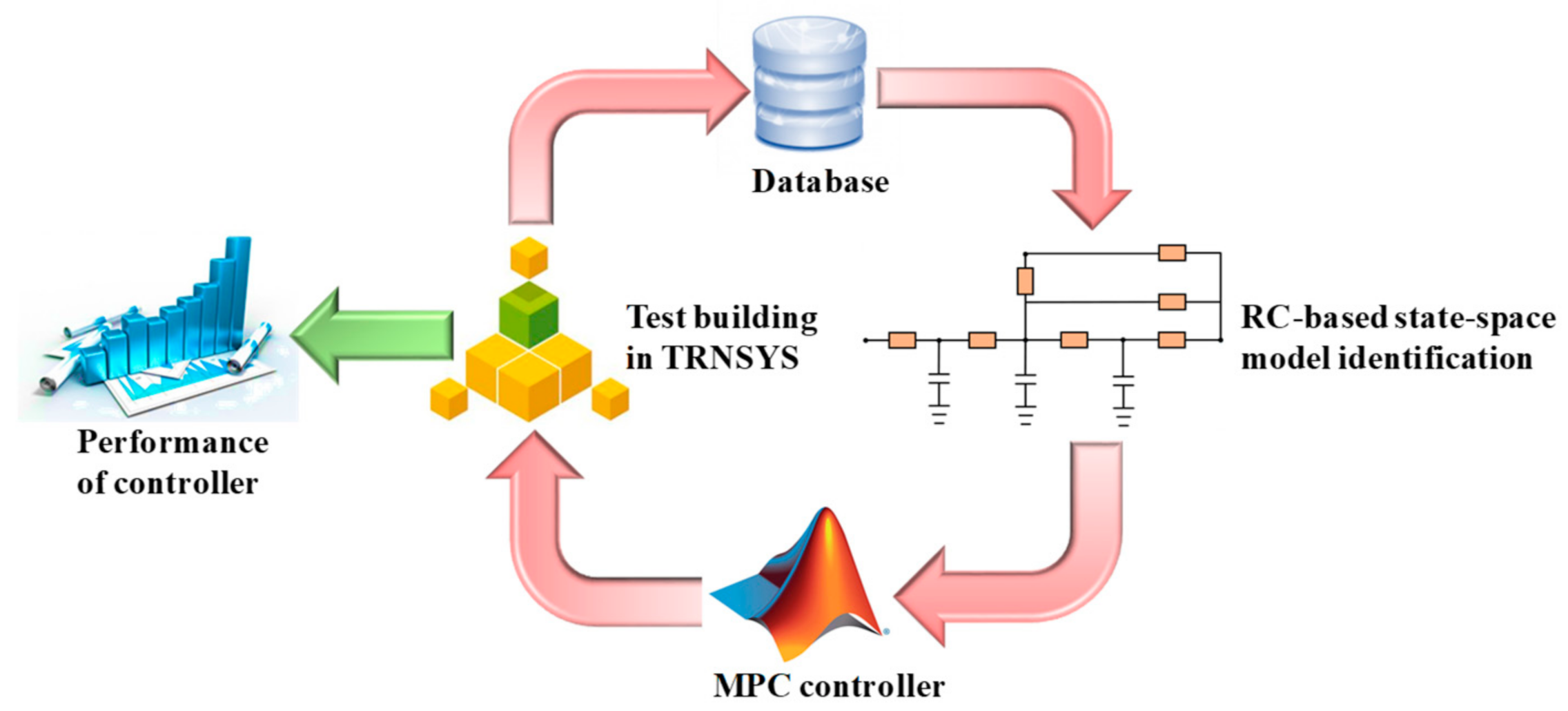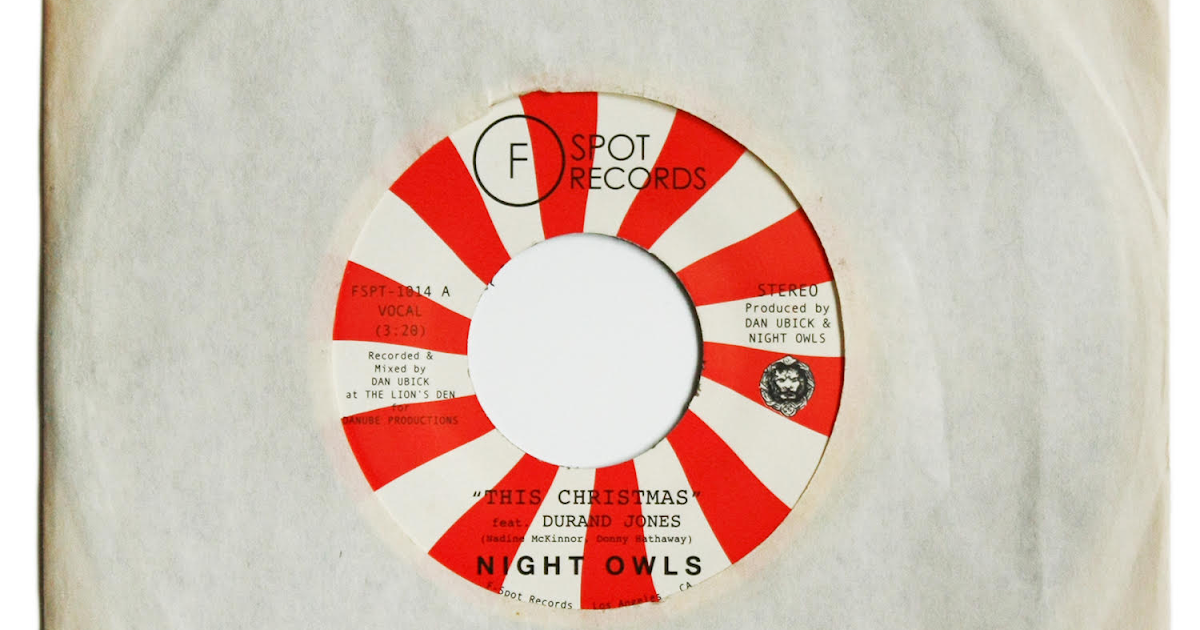

You can check out the full changelog of AIMP 5.00 on the official website. Sound engine got a new ability to remap channels for 5.0 and 7.0 channel schemes.Tag editor supports Windows 10's and 11's Quick Access folder.Equalizer contains 20 bands, support for 43 Hz and 22 kHz bands added.Skin engine got support for OpenType fonts.Many plugins scheduler improvements, including several new actions and abilities.
 Tag Editor has a new tool: chapters creator. support for WMA Pro codec or an option to normalize the volume level during conversions. New "Each playlists has its own playback mode" option. New option to sort playlists automatically when new files are added / metadata is updated. Support for custom labels and comments was added, a find in source command, and abilities to filter and group bookmarks are now also available. Bookmarks is part of the music library. Find in File Tags option for lyrics and album art. Official support for Microsoft's Windows 11 operating system. One of AIMP's strengths is customizability, and the latest version of the music player has a lot to offer in that regard.Īs far as changes are concerned, here is a short overview of major changes in AIMP 5.00: Additionally, we will review our current knowledge regarding treatment for the novel corona virus and long-term risk for patients who recover from COVID-19.The screenshot above shows the default design, which is eye pleasing and useful at the same time. We will review the pathophysiology behind how a viral infection can place a patient at risk and cause multiple CV diseases. Lay abstract COVID-19 has led to a global pandemic, and many patients infected with this novel virus develop cardiovascular (CV) complications including heart attacks, strokes, heart failure and sudden cardiac death. Future investigational efforts could result in significant diagnostic and therapeutic advances potentially impacting the broader field of chronic heart failure and cardiac recovery. We discuss the potential long-term CV sequelae after recovery from COVID-19 and the gaps in knowledge including the pathophysiological links between acute cardiac injury, myocardial inflammation and chronic cardiomyopathy. We review the CV manifestations of COVID-19 and therapeutics under investigation. SARS coronavirus 2 infection can lead to inflammatory CV disease first via takeover of the angiotensin-converting enzyme-2 enzyme as a cell receptor as well as the macrophage activation syndrome in severe illness.
Tag Editor has a new tool: chapters creator. support for WMA Pro codec or an option to normalize the volume level during conversions. New "Each playlists has its own playback mode" option. New option to sort playlists automatically when new files are added / metadata is updated. Support for custom labels and comments was added, a find in source command, and abilities to filter and group bookmarks are now also available. Bookmarks is part of the music library. Find in File Tags option for lyrics and album art. Official support for Microsoft's Windows 11 operating system. One of AIMP's strengths is customizability, and the latest version of the music player has a lot to offer in that regard.Īs far as changes are concerned, here is a short overview of major changes in AIMP 5.00: Additionally, we will review our current knowledge regarding treatment for the novel corona virus and long-term risk for patients who recover from COVID-19.The screenshot above shows the default design, which is eye pleasing and useful at the same time. We will review the pathophysiology behind how a viral infection can place a patient at risk and cause multiple CV diseases. Lay abstract COVID-19 has led to a global pandemic, and many patients infected with this novel virus develop cardiovascular (CV) complications including heart attacks, strokes, heart failure and sudden cardiac death. Future investigational efforts could result in significant diagnostic and therapeutic advances potentially impacting the broader field of chronic heart failure and cardiac recovery. We discuss the potential long-term CV sequelae after recovery from COVID-19 and the gaps in knowledge including the pathophysiological links between acute cardiac injury, myocardial inflammation and chronic cardiomyopathy. We review the CV manifestations of COVID-19 and therapeutics under investigation. SARS coronavirus 2 infection can lead to inflammatory CV disease first via takeover of the angiotensin-converting enzyme-2 enzyme as a cell receptor as well as the macrophage activation syndrome in severe illness. 
In patients with COVID-19, multiple cardiovascular (CV) manifestations have been reported.

SARS-CoV-2 is responsible for the 2020 global coronavirus disease 2019 (COVID-19) pandemic.








 0 kommentar(er)
0 kommentar(er)
